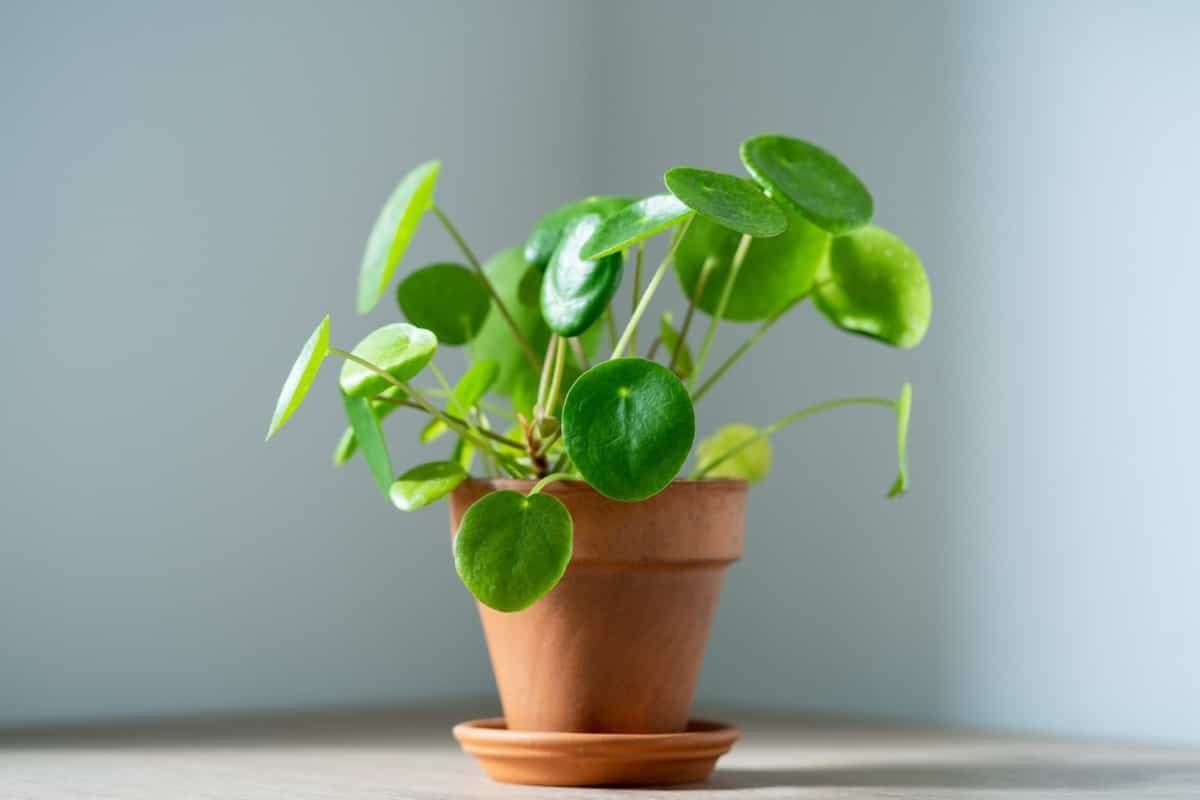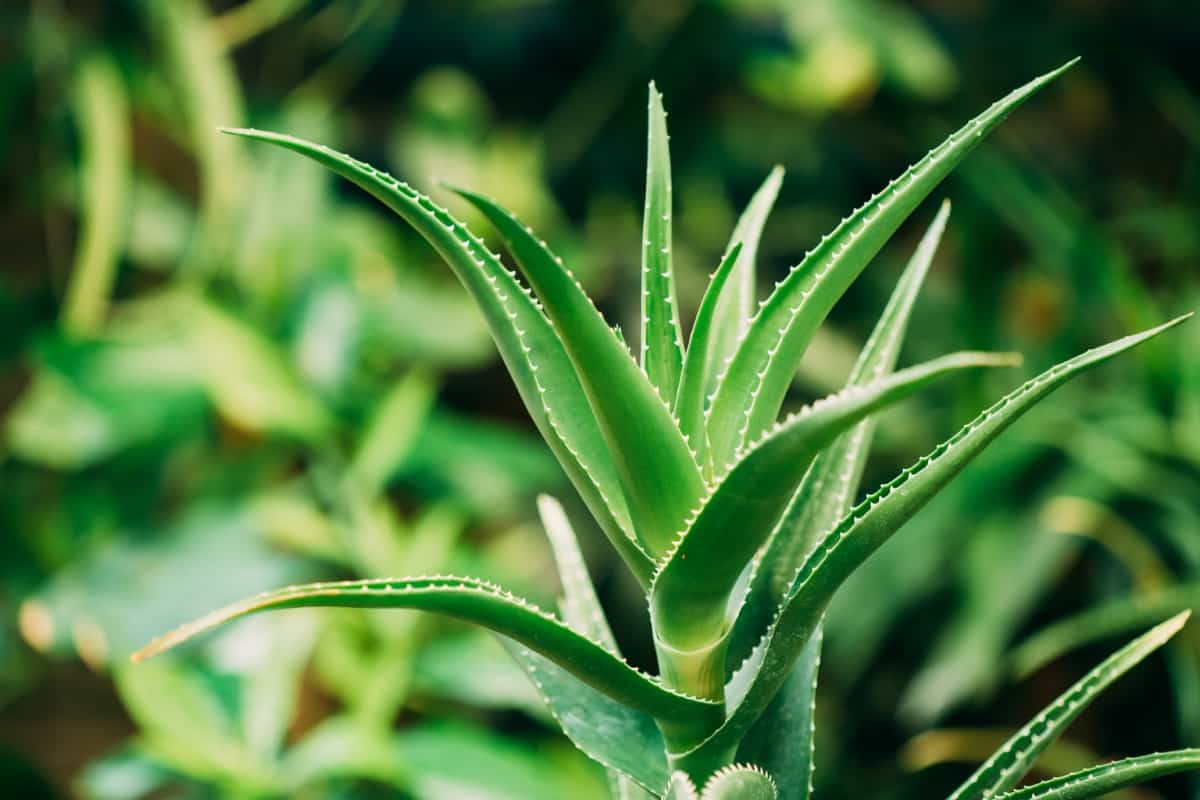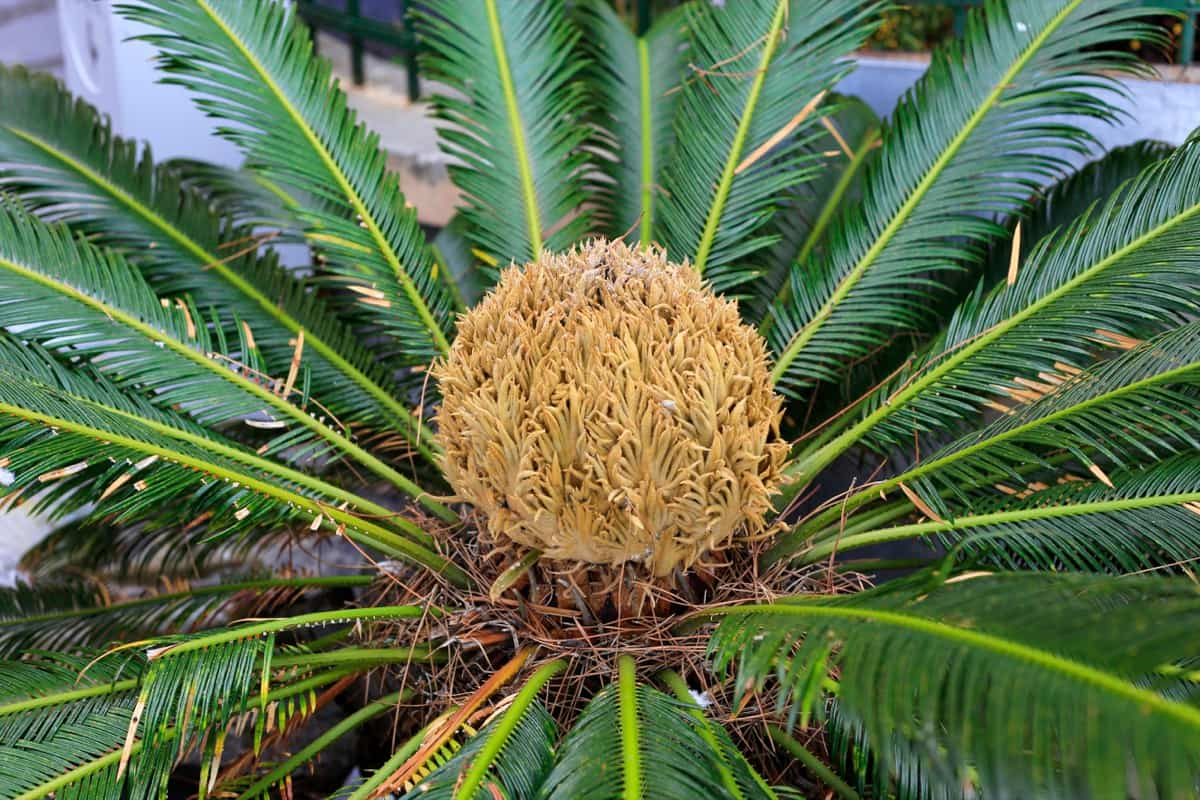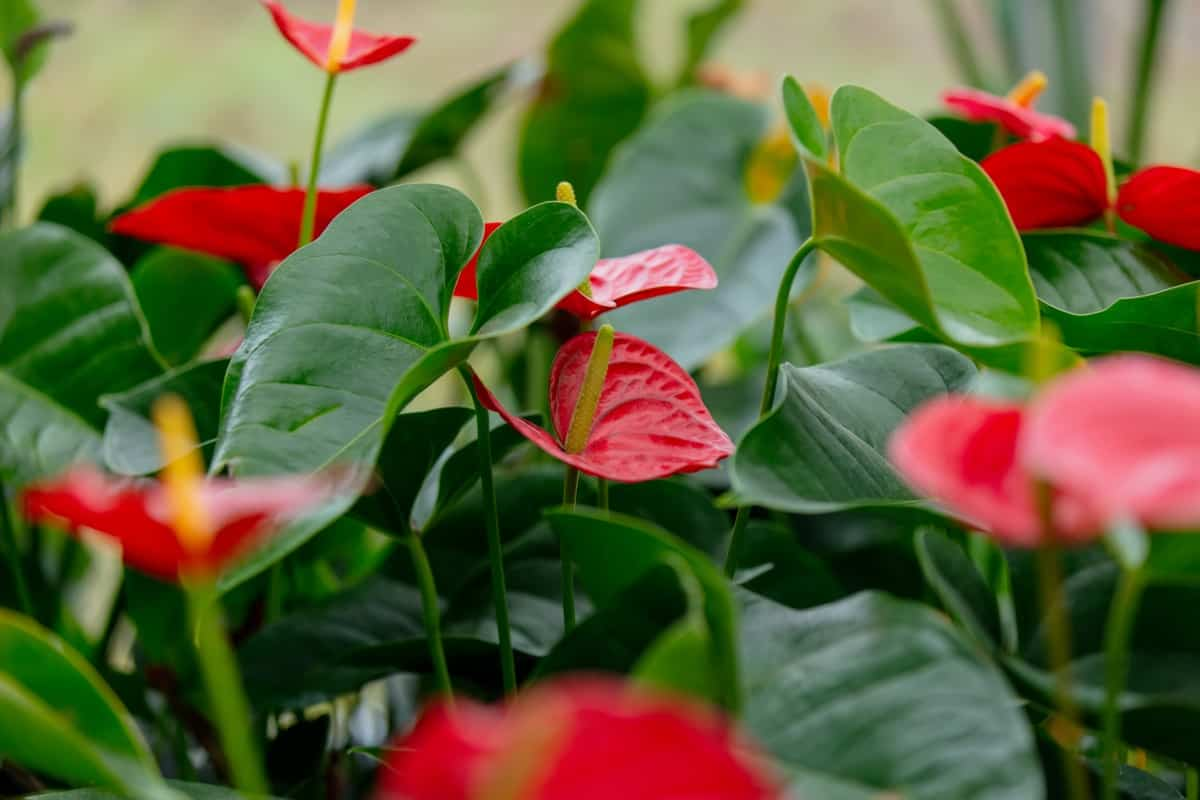Indoor plants are an excellent way to transform your living space into a more relaxing and comfortable environment. Growing indoor plants from pups is a unique and exciting way to propagate new plants without spending money on buying seeds or mature plants. Pups refer to the baby shoots that grow from the parent plant’s base, which can be separated and used for propagation.
Remember to select the right type of plant for your environment, provide adequate lighting and water as needed, and don’t be afraid to experiment with different techniques for propagating your pups. If you are looking to add beauty to your home or office, plenty of options can help you achieve your goals.
Best Indoor Plants to Propagate from Pups
Bromeliads
Bromeliads are a unique and fascinating group of indoor plants that add aesthetic appeal to your home and purify the air. One of the most striking features of Bromeliads is their exotic appearance. These plants come in various colors, sizes, and shapes. They have bold leaves with intricate patterns that form a rosette or vase-like structure where water collects. The flowers are equally stunning, often appearing in bright shades of pink, red, orange, yellow, or purple.
In case you missed it: Best DIY Homemade Rooting Hormone Ideas

Another interesting aspect about Bromeliads is that they can thrive without soil. Instead, they absorb nutrients through their leaves from water and air. In addition to being low maintenance, Bromeliads are also known for their air-purifying properties. Like many other indoor plants, they help remove harmful toxins like formaldehyde from the surrounding environment, making breathing healthier. Bromeliads add tropical elegance to a space while requiring minimal attention – making them an ideal choice for busy homeowners who want some greenery at home.
Bird of Paradise
The Bird of Paradise plant the vibrant orange flowers resemble a bird in flight, which is how it got its name. When propagating Bird of Paradise from pups, it’s important to wait until they are large enough before removing them from the parent plant. Once removed, place the pup into well-draining soil and water thoroughly until established. This plant thrives in bright, indirect light and needs well-draining soil. Birds of Paradise are relatively easy to care for but require some attention.
They prefer moderate watering, so be sure not to overwater them, which causes root rot. This plant also benefits from occasional fertilization during the spring and summer. Additionally, it’s important to keep humidity levels high by misting the leaves regularly. While Birds of Paradise may take a few years before blooming indoors, their stunning flowers make them worth the wait. With proper care and patience, these plants can grow a few feet tall, making them an impressive addition to any room.
Chinese Money Plant
The Chinese Money Plant has a popular indoor plant due to its unique appearance and ease of care. This plant has round leaves that resemble coins and grows upright. Caring for your Chinese Money Plant is relatively simple. It prefers bright indirect sunlight and well-draining soil.
In case you missed it: Common Pothos/Money Plant Problems: How to Fix Them, Solutions, and Treatment

Overwatering can lead to root rot, so let the soil dry out between waterings. Additionally, this plant enjoys humidity but can still thrive in drier conditions. Propagation of the Chinese Money Plant is easy as it produces pups or small offshoots at its base that can be repotted into new pots once they have grown roots.
Elephant Ear
This tropical plant will catch everyone’s attention with its large, striking leaves resembling an elephant’s ear. They can thrive indoors or outdoors, depending on your climate zone. Elephant Ear is the most popular indoor plant you can propagate from pups. This tropical plant has a unique appearance, with its large leaves resembling an elephant’s ear. You can propagate new specimens easily using its pups or baby plants.
To do this, separate the pup from its mother plant when it has grown some roots and replant it into a fresh potting mix. One of the reasons why many plant enthusiasts love Elephant Ear is because it’s relatively easy to take care of. This plant grows best in a potting mix that retains moisture well, so keep the soil moist but not soggy. Additionally, Elephant Ear prefers bright but indirect light, so placing it near a window without direct sunlight would be ideal.
Aloe
Aloe is a popular indoor plant that is easy to grow from pups. This succulent has been used for centuries for its medicinal properties, and it’s also a beautiful addition to any home. They don’t require much water or light and can survive at almost any temperature. Too much water can harm an Aloe plant, so it’s important not to over-water them.
In case you missed it: How to Propagate Aloe Vera: Without Roots, Leaves, Cuttings on the Ground and in the Water

Aloe plants are that they are easy to propagate from pups. These are small offshoots or baby plants that grow at the base of mature Aloe plants. Remove an Aloe pup from the parent plant with a clean knife or scissors to propagate it. Let the cutting end dry for a day before planting in well-draining soil. Aloe plants are also very versatile when decorating your home. If you want a beautiful and practical indoor plant, consider adding an Aloe plant (or several) to your collection.
Easter Cactus
Easter Cactus is a beautiful succulent that will add color to any indoor space. One unique feature of the Easter Cactus is its flat leaves resembling crab claws. These leaves store water, making it easier for the plant to withstand drought. One of the best things about Easter Cacti is their ease of propagation from pups. This means you can easily grow new plants by separating small offshoots from the parent plant and planting them in their pot.
Easter Cactus grows well in low light conditions, unlike other cacti, but still requires indirect sunlight to thrive. It prefers soil that drains well and should be moist but not too wet. When it comes to fertilizing your Easter Cactus, less is more. Too much fertilizer can cause damage, affecting blooming ability in future seasons. Consider fertilizing every four weeks during the growing season using a diluted solution. If you want an easy-to-care-for houseplant with stunning blooms year-round, consider adding an Easter Cactus to your collection.
Sago Palm
The Sago Palm is a beautiful indoor plant that can add style to any home decor. One of the benefits of growing the Sago Palm from pups is that it’s relatively easy to care for and maintain. It needs bright, indirect light and well-draining soil with proper humidity levels. You should avoid Overwatering as it can lead to root rot.
In case you missed it: Guide To Growing Palm Trees: Planting and Care

One of the main benefits of propagating Sago Palm from pups is that you don’t have to wait long for it to grow. Pups can be separated and transplanted into their pots once they reach a decent size. In terms of appearance, the Sago Palm has unique feather-like fronds that grow in a circular pattern from its center point. These fronds are typically dark green and have spiky edges. The Sago Palm is the best choice for those looking to add a tropical flair to their homes without too much maintenance.
Philodendrons
Philodendrons are a popular houseplant because of their lush and vibrant appearance. They are available in different shapes and sizes, making them versatile for any interior design. The most common type is the heart-leaved Philodendron, which has glossy green leaves shaped like hearts. Philodendrons thrive in moderate light conditions and prefer moist soil. However, it’s important not to overwater them as this can lead to root rot.
One unique thing about Philodendrons is that they can be propagated from pups like many other indoor plants. These pups grow off the main stem or offshoots of the plant and can be easily separated once they have developed roots. To propagate Philodendrons from pups, use sharp scissors or pruning shears to cut away the pup at its base. Make sure it has some roots attached before planting it in fresh soil.
Spider Plant
Spider plants have long, narrow green leaves that grow in a rosette pattern. The Spider plant is also known for purifying the air by removing harmful toxins. These plants can be propagated easily from pups sprouting from the main plant. Once these little pups start growing healthy roots, they can be cut off and planted into their pots.
In case you missed it: How to Start Indoor Vertical Garden with Stunning Spider Plants

Spider plants thrive in bright, indirect light but tolerate low-light conditions. They prefer to dry out between watering but do not like completely dry soil. One thing to remember when caring for Spider plants is that they are sensitive to fluoride and chlorine found in tap water. Spider Plants make great additions to any home because of their easy-care nature and air-purifying properties.
Snake Plant
The Snake Plant is the easiest indoor plant to grow from pups. It has a reputation for being virtually indestructible and can survive in almost any light conditions. The Snake Plant’s long green leaves with yellow edges make it an attractive addition to any room in your home or office. Its air-purifying qualities have made it a popular choice for bedrooms and living rooms. This plant prefers dry soil, so be careful not to overwater it. Let the soil dry, and avoid getting water on its leaves, as this can cause them to rot
Anthurium
Anthurium is a beautiful flowering plant that can add color to any indoor space. The plant has large, glossy leaves and heart-shaped flowers in red, pink, white, and purple shades.
Anthuriums prefer moist soil but do not like to be overwatered. To propagate an Anthurium, remove the pup carefully with a sharp knife or scissors. Be sure to leave some roots attached to the stem. Next, put the pup in well-draining soil and keep it moist but not waterlogged.
In case you missed it: Growing Anthurium Plants – From Seeds In Pots

Anthuriums prefer bright indirect light and high humidity levels, so mist them regularly or place them near a humidifier. They also benefit from occasional fertilizer applications during their active growing season. To ensure your Anthurium stays healthy and vibrant, it’s important to fertilize regularly with a balanced liquid fertilizer during the growing season. It’s also crucial to watch for pests such as Spider mites or mealybugs that may harm your plant.
Another interesting fact about Anthuriums is their air-purifying capabilities. These plants have been shown to remove toxins such as formaldehyde from indoor environments, making them a fantastic addition to homes or offices. If you’re looking for an easy-to-care-for houseplant with stunning blooms and air-purifying properties, consider adding an Anthurium to your collection.
Conclusion
Growing indoor plants from pups can be a rewarding and cost-effective way to expand your plant collection. This saves money and allows you to propagate and care for new plants genetically identical to the parent plant. With a little patience, you’ll soon have a thriving collection of healthy indoor plants that brighten your home while improving air quality and reducing stress.
- Gardening Techniques in Planting Vegetables
- Where to Place Indoor Plants in Your Home
- How to Grow Tomatoes Organically at Home: A Comprehensive Guide
- Organic Gardening on a Budget: Low-Cost Methods and Materials
- Gongura Seed Germination and Planting Methods
- Cabbage Seed Germination and Selection
- Broccoli Seed Germination and Selection
- Asparagus Seed Germination and Variety Selection
- Seasonal Flower Gardening: Best Practices for Spring, Summer, Fall, and Winter
- How to Grow Hibiscus from Flower
- Plantation Ideas for Home Decoration: A Beginners Guide
- Flower Garden Designs and Layouts for Beginners
- Planting and Spacing Techniques in Papaya: A Beginner’s Guide
- Growing Gold: Essential Techniques for Planting Pineapples
- How to Make Kalanchoe Plant Bushy: Home Remedies and Solutions
- 11 Reasons Why Your Gardenia is Not Blooming: Home Remedies and Solutions
- Eco Elegance: The Guide to Designing a Drought-Tolerant Landscape
- Gardening on a Slope: Strategies for Hillside Landscaping
- Nourish and Flourish: Top Organic Mulches for Thriving House Plants
- Everything You Want to Know about Indian Mogra Flower: Discover Uses and Growing
- Green Thumb Success: Expert Tips for Cultivating Greenhouse Pumpkins All Year Round
- Maximize Growth & Flavor: The Ultimate Guide to Companion Planting in Herb Gardens
- How to Control Rhododendron Problems Naturally: Home Remedies and Organic Ways to Fix Them
- Natural Magic: The Remarkable Benefits of Cinnamon for Plants
- Best Steps to Revive Dying Tulip with Natural and Organic Treatment
- 10 Reasons Why Your Angel Trumpet is Not Blooming: Remedies and Treatment
- How to Fix Periwinkle Leaf and Flower-Related Problems: Natural Remedies and Solutions
- How to Fix Zinnias Leaf and Flower Problems: Discover Natural and Home Remedies
- Organic Steps to Induce Lemon Tree Flowers: A Comprehensive Guide
- Bloom Booster: Crafting the Perfect Homemade Bougainvillea Fertilizer
- Optimizing Growth: A Guide to Applying NPK Fertilizer for Potted Plants
- 10 Best Homemade Fertilizers for Rubber Plant: DIY Recipes and Application Method
- How to Boost Female Pumpkin Flowers: Effective Steps for More Flowers and High Yields
- Transform Your Indoor Garden: Top Benefits of Pink Salt for Houseplants
- 10 Best Homemade Fertilizers for Peacock Plants (Calathea): Easy DIY Guide
- Unlock Blooms: 9 Reasons Why Your Potted Chrysanthemum is Not Blooming